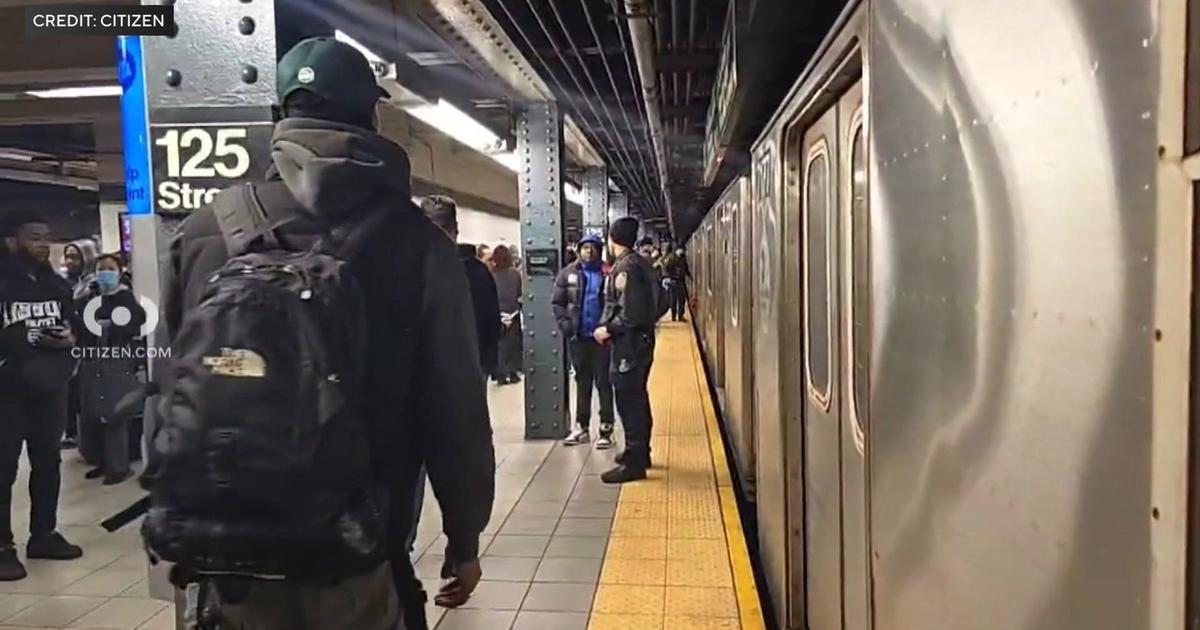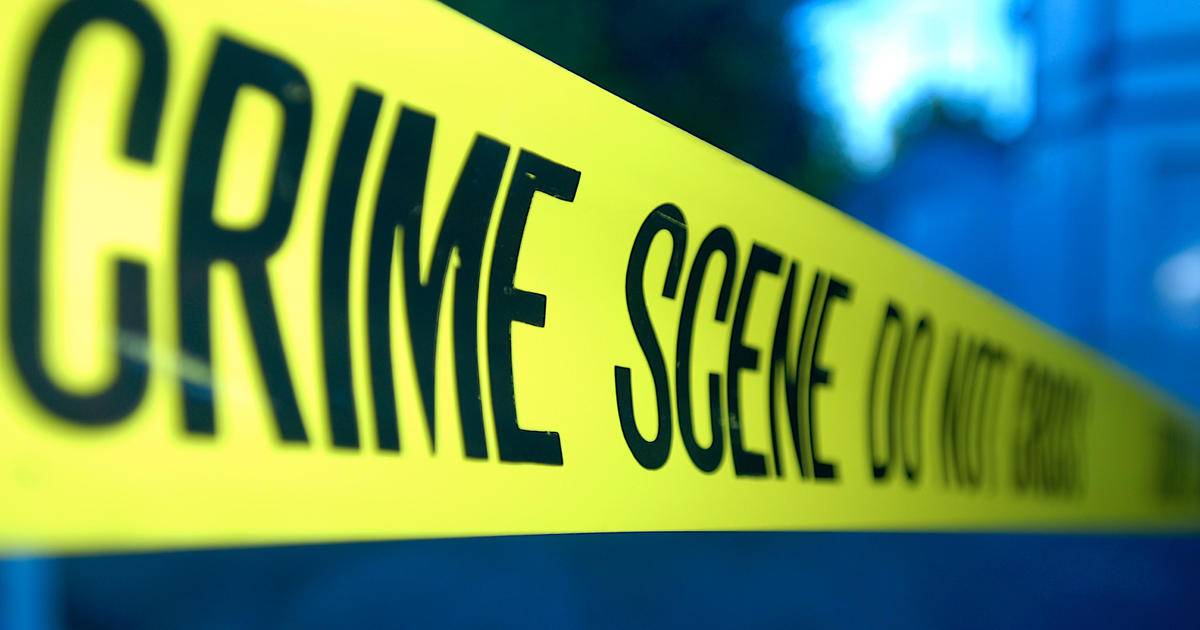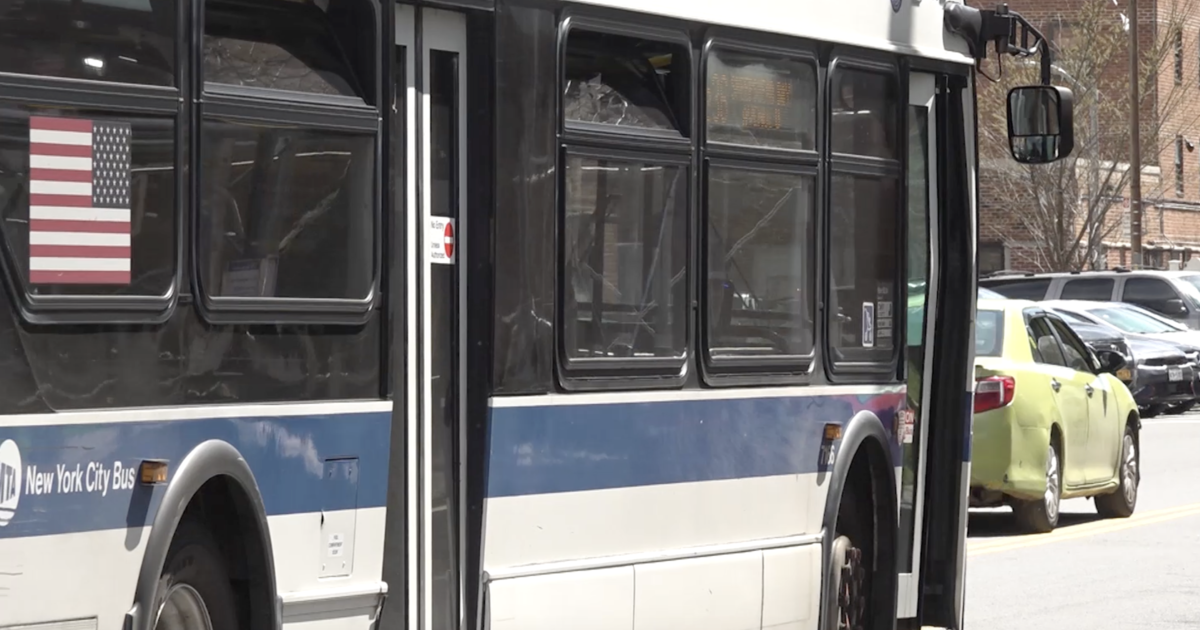Report: MTA At Current Rate Is Decades Away From Fixing Up All Subway Stations
NEW YORK (CBSNewYork) -- A new report said the Metropolitan Transportation Authority is on track to repair and spruce up all of its subway stations – by 2067.
The report by the Citizens Budget Commission said the goal of having all the stations in the subway system in good repair has continually eluded the MTA, and the proposed 2015-2019 Capital Plan will not even fix the problem at full funding.
The group invoked an ancient myth about futility to make its point.
"In Greek mythology the gods condemned King Sisyphus to push a boulder up a hill repeatedly, only to have it roll down to the bottom as he approached the top," the report said. While he deserves no such punishment, Thomas Prendergast, Chairman and Chief Executive Officer of the Metropolitan Transportation Authority (MTA), must identify with Sisyphus' fate as he prepares the agency's capital program, particularly when it comes to rehabilitating and repairing 467 subway stations."
The report said the "Sisyphean problem" goes back to the early 1980s, when then-MTA Chairman Richard Ravitch sought to bring the transit system fully to a state of good repair by 1991. But once work began, structural problems proved far more serious than thought, and the can has been kicked down the road in the years since, the report said.
The group identified 33 stations on various lines around the city as having more than half of their total structural components in a state of disrepair.
"What we're looking at are the stations that have the highest share of their total structural components not in a state of good repair. Structural components are things such as stairs, platform edges, their ventilators," Citizens Budget Commission research associate Jamison Dague told 1010 WINS.
Stations in all four boroughs in which the subway runs made the list, but a disproportionate number were in Queens.
"Most of the worst stations are actually in Queens, along the Astoria Line, which is served by the N and Q trains, and also the Flushing Line – that's the 7," Dague said.
Dague suggested that the MTA take funds currently earmarked for expansion projects such as the second phase of the Second Avenue Subway, and use them on current repairs.
He also said the management of subway construction projects has a need for improvement.
"If you look at recently-completed rehabilitations of stations, there have been all sorts of issues with cost overruns and changes in the scope of the project," Dague said.
The MTA said in response to the report that it appreciated the "thoughtful analysis" and was looking on opportunities to squeeze costs from its Capital Program. But the agency disagreed with some of the recommendations.
"We respectfully disagree with their recommendation to reduce spending on expansion projects," the MTA said. "At a time when growing ridership is leading to crowding and delays, we must pursue expansion projects that will accommodate more customers as well as provide new connections and opportunities for our customers."
Dague said despite the disrepair at some stations the MTA does not allow stations to reach the point where commuters could be in danger.



